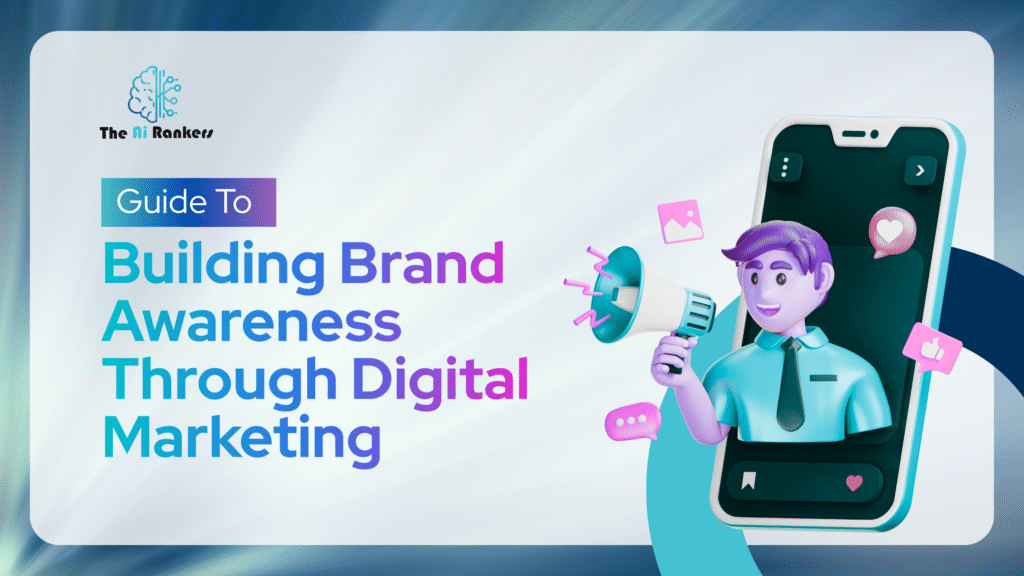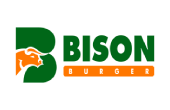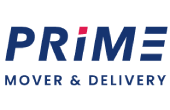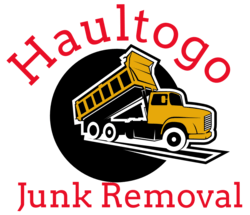
Standing out online feels a bit like trying to sing over a roaring jet engine: every day, your audience scrolls past more than 10,000 ads, posts, and push‑notifications. Yet some brands still burst through that noise, lodging themselves firmly in our memories, think Nike’s swoosh, Spotify’s wrapped playlists, or Wendy’s snarky tweets. Brand awareness is the alchemy behind that staying power. It’s the moment a shopper recognizes your logo before they can read your name, or the warm, fuzzy feeling a customer gets when your jingle plays on the radio. In this ultimate guide, we’ll unpack exactly how to engineer that magic with modern digital‑marketing tactics layer by layer, channel by channel, so your brand becomes both recognizable and unforgettable.
What Is Brand Awareness?
At its simplest, brand awareness is the degree to which your ideal customers recognize, remember, and trust your brand. Recognition is the surface layer, spotting your logo on a grocery shelf. Recall digs deeper, remembering your brand when no visual cue exists. Then comes resonance: an emotional connection so strong your brand becomes shorthand for an experience (think “Google it”). In the data age, awareness goes beyond mindshare; it affects click‑through rates, ad costs, and organic search volume. A highly recognized brand earns cheaper CPC bids, stronger SEO signals, and more user‑generated shout‑outs. But awareness is fragile. Misaligned visuals, inconsistent tone, or radio silence on social media can erode trust. Building and guarding brand awareness, therefore, requires deliberate, multi‑channel storytelling that aligns visuals, voice, and values at every digital touchpoint.
Why It Matters
A credible, well‑known brand acts like marketing jet fuel. First, trust and credibility: consumers gravitate toward brands they know, slashing decision friction at checkout. Second, customer loyalty: awareness fosters familiarity, and familiarity breeds repeat purchases and advocacy. Third, paid‑media efficiency: when users already recognize you, ad platforms reward higher engagement with lower CPCs. Finally, competitive moat: copycats may match your features or price, but brand equity built from awareness creates differentiation they can’t clone overnight. In other words, awareness is the soil from which all other marketing returns grow.
Step‑by‑Step Digital‑Marketing Plan to Build Brand Awareness
1. Define Your Brand Identity
Trying to build awareness without a clear identity is like promoting a concert before you’ve picked a genre. Start by distilling three pillars:
Brand Voice – Are you playful like Innocent Drinks, authoritative like IBM, or rebellious like Harley‑Davidson? Audit current communications emails, social captions, and web copy to ensure they sound like one cohesive personality.
Visual Identity – A style guide must codify colors, typography, iconography, and logo usage. Consistency here imprints your brand on visual memory pathways. Studies show cohesive color palettes boost brand recognition by up to 80 %.
Unique Value Proposition (UVP) – In one sentence, explain why customers should care. “We deliver plant‑based meals in 15 minutes” beats “We sell healthy food.” Your UVP will anchor every campaign headline, meta description, and social bio.
Action items: hold a half‑day workshop with stakeholders, create a mood board, craft a brand‑voice chart (tone, vocabulary, “never‑say” list), and bake these assets into a shareable brand kit.
2. Optimize Your Website for Brand Discovery
Your website is the digital equivalent of a flagship store on Fifth Avenue. Every pixel signals identity. Begin with technical SEO: clean URL structures, schema markup for organization name/logo, and brand‑keyword meta titles (“Acme Widgets—Eco‑Friendly Home Gadgets”) to dominate branded SERPs. Next, craft a punchy hero section: one headline, one sub‑headline, and a CTA that echoes your UVP. Visitors should “get” your value within five seconds.
Speed is brand perception. Google research shows that a one‑second delay slashes conversions by 20 %. Compress images with WebP, leverage browser caching, and lazy‑load below‑fold assets. Mobile‑first design is non‑negotiable—60 % of brand searches occur on phones. Use responsive breakpoints and thumb‑friendly navigation.
Finally, weave storytelling into core pages. An “About Us” timeline adds human depth; customer testimonial sliders supply social proof. Integrate Google Search Console to track branded impressions and click‑through rates as an early awareness KPI.
3. Utilize Social Media Marketing
Social platforms are modern‑day billboards, except they talk back. Select 2–3 networks where your audience already hangs out. For visual storytelling, Instagram Reels and Pinterest boards shine. For real‑time banter, Twitter (X) or Threads. For B2B thought leadership, LinkedIn.
Create a content pillar matrix: for example, educational tips on Mondays, user‑generated spotlights on Wednesdays, and behind‑the‑scenes stories on Fridays. Consistency trains algorithms and audiences. Use scheduling tools (Buffer, Hootsuite) but stay human and reply to DMs, comments, and riff on trends within hours, not days.
Micro‑influencer partnerships (<100 K followers) often outperform mega celebs in engagement. Provide them creative freedom within brand‑guideline guardrails and encourage authentic storytelling (“Day‑in‑my‑life with Brand X” beats scripted ad reads).
Measure platform‑specific awareness: follower growth, reach, and share of voice (mentions vs. competitors). Iterate monthly; retire under‑performing post types, double down on hits.
4. Run Paid Advertising Campaigns
Paid media is the espresso shot that jump‑starts awareness, but only if aligned with brand identity. On Google Ads, bid on not just your brand name but category keywords plus branded modifiers “eco‑friendly sneakers by [Brand].” Use responsive search ads to test headline variations: emotional hook vs. feature benefit.
For social ads, design creative that mirrors organic posts, maintaining visual continuity. Retarget website visitors with sequential storytelling: Awareness Ad 1 introduces the mission; Consideration Ad 2 showcases testimonials; Conversion Ad 3 offers a limited‑time perk. YouTube bumper ads (6 seconds) work wonders for recall and focus on logo animation and UVP tagline.
Allocate 60 % of the budget to awareness (top‑funnel) and 40 % to retargeting (mid‑/bottom‑funnel). Monitor view‑through conversions and incremental reach metrics to ensure ads aren’t just cannibalizing organic traffic.
5. Content Marketing: Blogs, Videos, Podcasts
Content is the slow‑burn engine of brand authority. Start with keyword research around pain points your product solves; craft long‑form blogs answering those queries, weaving brand anecdotes naturally. Aim for skyscraper pieces (2,000+ words) to rank and gain backlinks.
Video humanizes brands, whether it’s founder AMAs, product how‑tos, or customer success vignettes. To build visual equity, optimize YouTube titles with brand keywords and use a consistent thumbnail template.
Podcasts position you as a niche authority; interview industry experts, share behind-the-scenes challenges, and repurpose audio snippets into TikTok teasers. Consistency again is king: release on a schedule that listeners can count on.
Cross‑pollinate: turn blog stats into infographic carousels, slice podcasts into audiograms, compile video transcripts into e‑books. Each repurpose cycle reinforces brand imagery and voice, deepening awareness across content formats.
6. Email Marketing: Nurture & Amplify
While social feeds can bury your posts, inboxes remain intimate. Start with a welcome series: email one shares brand origin, email 2 delivers a value‑packed resource, and email 3 invites community engagement. Use storytelling and consistent visual elements (brand‑colored headers, signature sign‑off) to imprint identity.
Segment lists by signup source or behavior. Fans who joined via a sustainability blog may receive eco‑tips; referral customers get sneak peeks of new releases. Personalization boosts open rates and cements a feeling that your brand “gets” them.
Inject personality, whether humor, empathy, or boldness, in subject lines and preview text. But keep value high: educational tips, early‑bird discounts, or access to brand events. Monitor deliverability and maintain a clean list; spam hits erode brand trust fast.
7. Influencer & Affiliate Marketing
Influencers lend borrowed equity. Choose partners whose audience demographic overlaps with your ICP (ideal customer profile). Provide a creative brief highlighting brand voice and non‑negotiables (logo placement, hashtag). But avoid script rigidity, audiences smell inauthenticity.
Track awareness uplift via unique coupon codes and post‑campaign brand‑mention spikes. Affiliates extend lifespan: bloggers or reviewers embed links that pay recurring commissions, turning them into long‑term brand evangelists. Build an onboarding portal with brand resources, swipe copy, and visual assets to ensure consistent messaging across affiliate content.
Regularly spotlighting top affiliates/influencers on your channels’ cross‑promo deepens trust and widens reach.
8. PR & Online Reputation Management
Earned media amplifies authority. Craft press releases tied to timely hooks, sustainability reports on Earth Day, and product launches linked to industry events. Target niche blogs first; national outlets may follow once buzz builds.
Use HARO (Help a Reporter Out) to provide expert quotes, positioning leadership as thought leaders. For online reviews, implement a post‑purchase email funnel inviting satisfied customers to rate on Google or Trustpilot. Publicly thank positive reviewers; address negatives within 24 hours, outlining resolution steps, and transparency often flips detractors into advocates.
Set up brand‑mention alerts in tools like Brand24. Quick engagement on Reddit or Twitter can defuse minor complaints before they snowball. Reputation is awareness’s shadow, so guard it zealously.
9. Community Building & Engagement
Brands with tribes beat brands with audiences. Launch a private Facebook group, Slack, or Discord where fans share tips, memes, and user‑generated content. Seed discussions by posing questions, hosting AMAs, or sharing behind‑the‑scenes sneak peeks.
Gamify participation: badges for top posters, monthly giveaways for helpful answers. This UGC cycle creates a content flywheel where members broadcast your brand to their networks, exponentially expanding awareness.
Host live streams on Instagram Lives or LinkedIn Events, answering questions or demoing new features. Real‑time interaction humanizes your brand and nurtures a sense of belonging far more potently than one‑directional ads.
10. Track & Optimize Performance
Building awareness without measurement is guessing. Define KPIs: branded‑search volume (Google Trends), direct traffic growth, social‑share of voice, and sentiment analysis. Use UTM parameters to attribute blog‑originated traffic. In social listening tools, filter sentiment to catch early negative waves.
Set quarterly benchmarks, then A/B test variables: hero headlines, ad creatives, posting schedules. Apply the winning lessons across all channels. Awareness is a marathon of tweaks, not a set‑and‑forget sprint.
Conclusion
Building brand awareness takes more than just being seen—it’s about being remembered. From strong branding and smart content to social media and paid ads, every step should work together to make your brand stand out.
At The AI Rankers in Austin, TX, we help businesses grow their online presence with proven digital marketing strategies. If you want your brand to be the first one people think of, let’s make it happen.

















